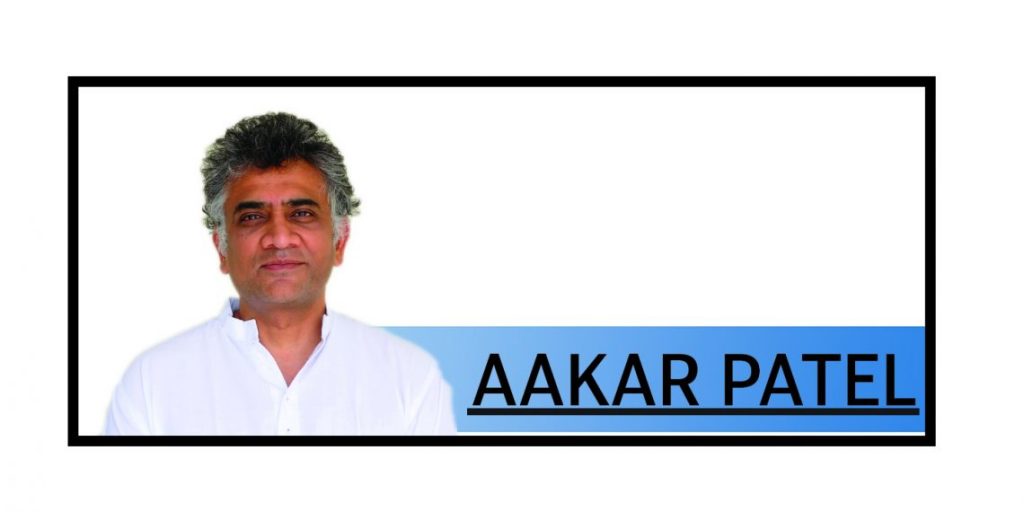The Union government says that the “Indian Census is the largest single source of various statistical information on various characteristics of the people of India. With a history of more than 130 years, this reliable, time-tested exercise is bringing in a real insight into the data every 10 years, beginning in the year 1872 when the first census was conducted non-synchronously in different parts of India.” And that the “Census has been an attractive source of data for scholars and researchers in demography, economics, anthropology, sociology, statistics and many other disciplines.
” The last census India conducted was in 2011, and after this, we do not have good data on many things not just the strength of our population. The Human Development Index (HDI) is a summary measure of average achievement in key dimensions of human development: a long and healthy life, being knowledgeable and having a decent standard of living.
The United Nations assesses the health dimension by life expectancy at birth, the education dimension is measured by the mean of years of schooling and expected years of schooling for children of school entering age. The standard of living dimension is measured by national income per person per year. The UN says HDI can be used to question national policy choices, asking how two countries with the same level of GNI per capita can end up with different human development outcomes. These contrasts, the UN says, can stimulate debate about government policy priorities.
India’s 0.644 score on the HDI puts it below Iraq (0.673), Botswana (0.708) and Bangladesh (0.670) and significantly lower than the world average of 0.739. But Kerala’s score of 0.775 clubs it with Mexico (0.781), Cuba (0.764) and China (0.788) while the 30 crore people of Uttar Pradesh (0.592) and Bihar (0.551) can be grouped with Zimbabwe (0.550) and Pakistan (0.540). If they were in separate places Tamil Nadu (0.738) would be ranked more than 50 places above Bihar. The story is similar in the rest of our region. Within Pakistan also there exist considerable differences between provinces.
An internal Pakistani survey not comparable to the global one ranked Punjab’s HDI at 0.732, while Balochistan was 0.421 and Khyber Pakhtunkhwa was at only 0.216. In July 2023, India’s Ministry of Statistics & Programme Implementation posted state-wise data on per-person income. Telangana, at 3.08 lakh/year or `25,000/month was double that of Madhya Pradesh at `1.4 lakh, four times that of UP (`70,000 in 2022) and six times that of Bihar (`49,000 in 2022). Pakistan’s per capita was `1.2 lakh (also in INR) and Bangladesh’s was 2.1 lakh. If there is something essential about religion or national culture, it does not appear to show in this data, else UP and Bihar would not be poorer than Pakistan. Punjabis are more than half of Pakistani’s population.
In material terms, they are closer to Indian Punjab (per capita income of `1.7 lakh) than their compatriots. In his book “South vs North,” Nilakantan RS records the differences in the human development of Indians purely based on the circumstance of where one is born. We have not had a census in a decade and a half, but based on available data, he reports that someone born in Madhya Pradesh can expect to live eight years fewer than someone born in Uttarakhand, at 64 years versus 72. The number of deaths per 1000 births is six times higher in Uttar Pradesh than it is in Kerala. The rate of women dying in childbirth is four times higher in Assam than in Maharashtra. The number of children who are stunted (low height for age) is a quarter of all children in Punjab but half of all children in Bihar.
An Anganwadi (a rural creche and child care centre) in Haryana is 10 times more likely to be in a pucca building than one in West Bengal. Karnataka has 10 times the number of hospital beds per lakh people than Bihar and Maharashtra has eight times the number of doctors per lakh people than Odisha.
Himachalis are twice as likely to be enrolled in higher education than Gujaratis and Punjabis are three times more likely to be educated in English than Gujaratis (I have personal experience of the situation this has created). Nilakantan points out that in MP, agriculture’s share of economic output is five times that of Tamil Nadu’s while in Gujarat manufacturing’s share of GDP is three times that of Andhra Pradesh’s.
The participation of women in the labour force is 12 times higher in Himachal Pradesh than in Bihar and three times higher in Chhattisgarh than in UP. The Indian state itself manifests differently for citizens depending on where one is. The Manipuri complainant to the police is six times less likely to have her complaint resulting in a chargesheet than someone in Andhra Pradesh.
The rate of charge sheeting, marking the beginning of prosecution, is 92 per cent in AP but only 14 per cent in Manipur and this is from the government’s data for 2021, before the current troubles began. The rate of crimes registered in Kerala is 12 times higher per lakh population than in Karnataka (1075 versus 71).
Is it the case that there are that many times more crimes in one neighbouring state over another? What is more likely is that the registering of cases is done with more willingness in Kerala than in other states. Kerala records the lowest rate of murders in India, at 0.9 incidents per lakh population, half of Andhra Pradesh (1.8) and lower than Gujarat (1.4), Odisha (3.0) and Jharkhand (4.0). It will be interesting to see what shifts have been recorded in the last decade and a half — from the effects of demonetisation and COVID’s second wave to the drop in fertility and increase in farm workers — but we will only know this if and when the census is conducted.
